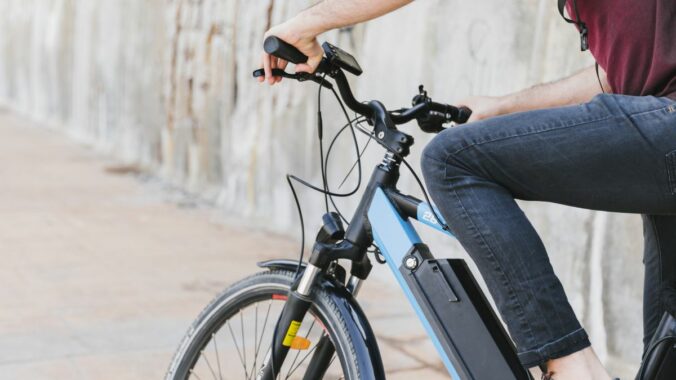Because they’re so much lighter than conventional batteries and can hold a lot of energy, lithium-ion batteries were a revelation for electric bikes, according to Mike Fritz, co-founder of Human Powered Solutions, a bicycle consulting firm. He should know: he’s been on e-bike engineering teams since the 1990s.
Fritz explained that lithium batteries contain a flammable liquid that conveys electrical current through its power cells. If the battery shorts and overheats, the fluid can ignite, creating a powerful fire with plenty of fuel.
“They burn hot, they burn smoky, they’re difficult to extinguish,” he said. “Imagine taking a butane torch and turning it on and trying to put out the fire.”
Cheap, damaged or refurbished batteries are more prone to these malfunctions, Fritz added. He says users should look for batteries that are certified by Underwriters Laboratories, which sets safety standards and tests units to ensure they comply.

Fritz and other experts said e-bike riders should charge their batteries far from flammable items like beds and couches — and away from an apartment’s main entrance so they can escape if the battery does ignite. They should also never leave their batteries charging unattended or overnight. Keeping the power storage units out of extreme heat or direct sunlight can prevent their overheating, too.
“The worst thing you can do is plug that thing in and walk away,” Fritz said.
Delivery drivers, who may ride their bikes for 10 or more hours per day in heat waves, snowstorms and other battery-straining weather conditions, are especially vulnerable. Their bikes and batteries endure an extraordinary amount of wear and tear, notes Dan Steingart, battery expert and professor of chemical metallurgy at Columbia University.
“Batteries have not been used in this context, in this way, at this scale, ever,” he said. “We’re sort of learning as we go here.”
